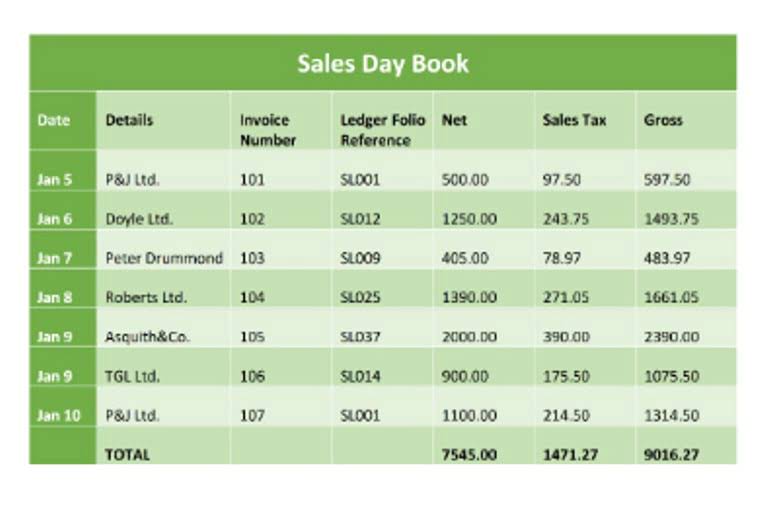
- Uncategorized
- June 20, 2022
- No Comments
Income statement presentation: IFRS compared to US GAAP

Consequently, the theoretical framework and principles of the IFRS leave more room for interpretation and may often require lengthy disclosures on financial statements. On the other hand, the consistent and intuitive principles of IFRS are more logically sound and may possibly better represent the economics of business transactions. The important difference from this change, that companies with leases may see a material increase in non-current assets and the corresponding debt obligations on their balance sheets, is relevant for both US GAAP and IFRS. Footnotes are essential sources of additional company-specific information on the choices and estimates companies make and when discretion is exerted, and thus useful to all users of financial statements. Reporting differences with respect to the process and amount by which we value an item on the financial statements also applies to inventory, fixed assets and intangible assets.

Debt Issuance Costs (ASU 2015-

In April 2022, the IASB added a research pipeline project on the statement of cash flows and related matters, which could address discrete classification and presentation issues or result in a comprehensive review of IAS 7. IAS 7 includes specific guidance related to purchases and sales of equipment held for rental to others. However, in GAAP, unlike IFRS, transactions of an unusual nature are defined as possessing a high degree of abnormality.
Understanding the Differences Between GAAP and IFRS
- Discontinued operations are company assets or components of a business that the organization has already discontinued or plans to discontinue.
- The treatment of developing intangible assets through research and development is also different between IFRS vs US GAAP standards.
- Although GAAP and IFRS are both standards for reporting financial data to a wider audience, the format and results can result in different details and different depths of detail, depending on the specific element and type of reporting.
- The other distinction between IFRS and GAAP is how they assess the accounting processes – i.e., whether they are based on fixed rules or principles that allow some space for interpretations.
- However, a lot of people actually do listen to what the IASB has to say on matters of accounting.
Lastly, if presenting expenses by function, companies are required to include additional information on the nature of expenses (e.g. depreciation, amortization and staff costs) in the notes to the financial statements. IFRS refers to the international financial reporting standards that are followed globally and includes instructions on how certain transactions should be reported in financial statements. In the United States, gaap vs ifrs income statement accountants follow the generally accepted accounting principles (GAAP) when they compile financial statements. Outside the U.S., many countries follow the International Financial Reporting Standards (IFRS), which aims to establish a common global language for company accounting. Expenses under IFRS can be presented on the income statement by function, for example, cost of sales, selling, or administrative activities.
IFRS vs US GAAP on the Financial Statements (21:
- The income statement usually covers a period of time, such as one fiscal quarter or year, and can be used to assess the financial health of a company as well as determine the profitability of the business.
- While the proposals mostly focused on the income statement, some aim to reduce diversity in the classification and presentation of cash flows and improve comparability between companies.
- However, there is no plain distinction between liabilities in IFRS, so short-term and long-term liabilities are grouped together.
- On the contrary, IFRS sets forth principles that companies should follow and interpret to the best of their judgment.
- IFRS preparers have some flexibility in selecting their income statement format and which line items, headings and subtotals are to be presented on the face of the statement.
- Get instant access to video lessons taught by experienced investment bankers.
- But once sales began to decline, TSAI changed its revenue recognition practices to record approximately 5 years’ worth of revenues upfront.
Unlike IFRS, significant events or transactions that are unusual and/or occur infrequently are presented separately in the income statement or disclosed in the notes. We believe it is possible to characterize items as unusual or exceptional under certain conditions. This should be infrequent and reserved for items that justify a prominence greater than that achieved by separate presentation and disclosure – e.g. a natural disaster. Those items should also be classified by nature or function, in the same way as usual or non-exceptional amounts.
US GAAP and IFRS also differ with respect to the amount of the liability that is recognized. Referred to as ‘Provisions’ under IFRS, contingent liabilities refer to liabilities for which the likelihood and amount of the settlement are contingent upon a future and unresolved event. Under GAAP, companies are allowed to supplement their earning report with non-GAAP measures. In contrast, IFRS considers each interim report as a standalone period, and while an MD&A is allowed, it is not required.
Given that IFRS does not define gross profit, operating results or many other common subtotals, there’s flexibility when adding and defining new line items in the income statement. Many companies disclose ‘operating profit‘ or ’results from operating activities‘ as a subtotal before profit or loss in the income statement. As a general rule, all additional line items and subtotals should be clearly labeled https://www.bookstime.com/ and presented, made up of items recognized and measured using IFRS, and calculated consistently across periods. Further, items shouldn’t be displayed with more prominence than other items required in the income statement. Under IAS 1[1], the income statement is the primary financial statement used to provide an understanding of a company’s performance and operations over a defined period of time.
- Countries that benefit the most from the standards are those that conduct a lot of international business and investing.
- See KPMG Handbook, Statement of cash flows, to learn more about the US GAAP requirements.
- IFRS permits the use of additional line items, headings, and subtotals if the presentation is relevant to an understanding of the company’s financial performance.
- The IFRS governs how companies around the world prepare their financial statements.
- IFRS is a principle of the standard-based approach and is used internationally, while GAAP is a rule-based system compiled in the U.S.
- However, being more flexible also means the IFRS often works better across many different cultures.

